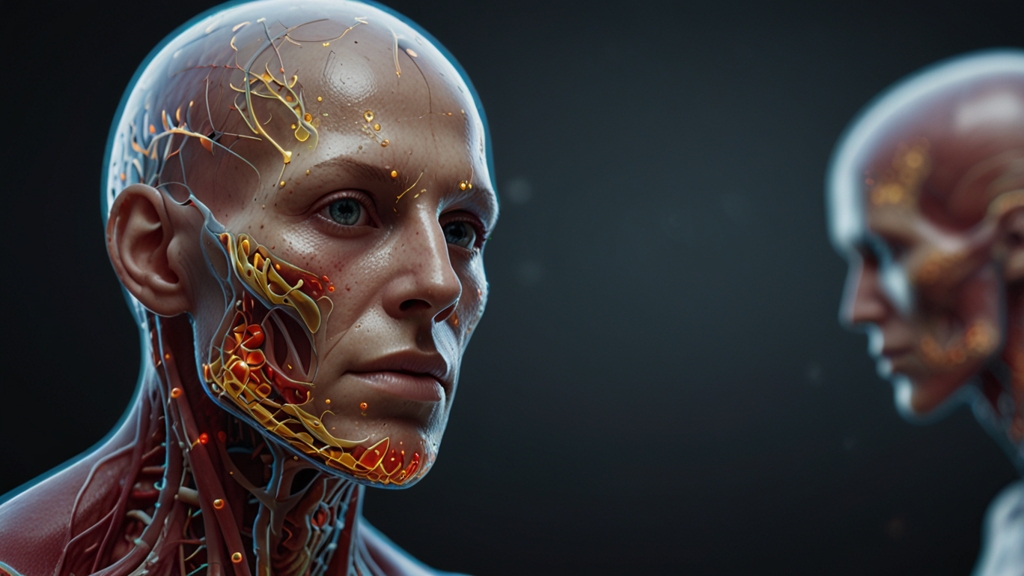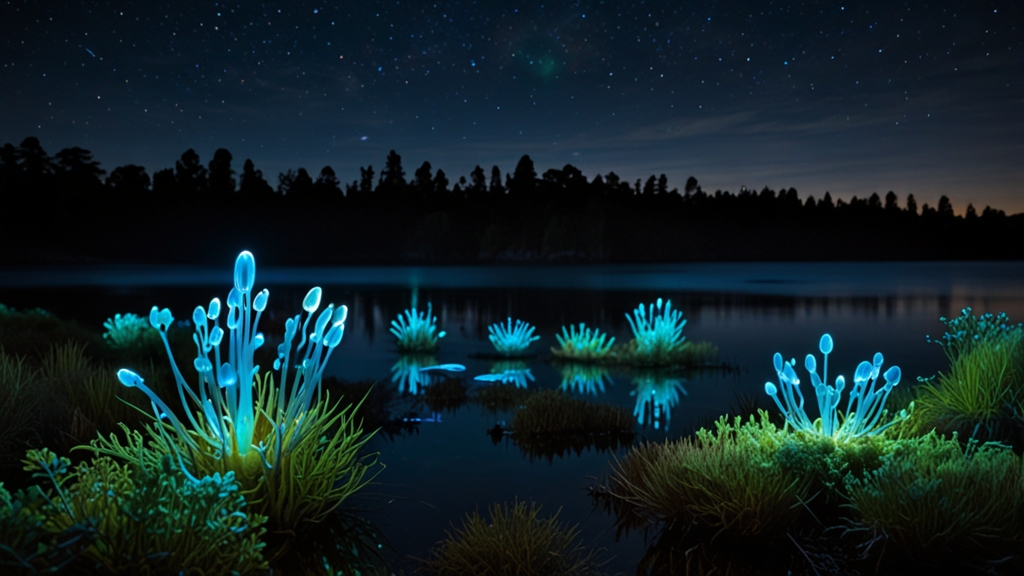The Forgotten Creation Stories of Indigenous Cultures
Creation stories have always played a pivotal role in shaping the heritage and identities of cultures around the world. These narratives often carry the essence of cultural wisdom, cosmology, and life principles, encapsulating the depth and uniqueness of human civilization. While mainstream religions have their renowned creation stories, the creation narratives of indigenous cultures often remain shrouded in obscurity. These stories, rich with symbolism and profound meaning, demand our attention and reverence.
The Significance of Creation Stories in Indigenous Cultures
Indigenous creation stories are not mere myths or folklore. They serve as the bedrock for cultural identity, spiritual belief, and environmental stewardship. These stories offer not just explanations for the origins of the world and humanity, but also a framework for understanding the interconnectedness of all life forms. By exploring such narratives, we gain insights into the values, traditions, and worldviews that have sustained these communities for millennia.
Examples of Indigenous Creation Narratives
The Dreamtime: Australia's Aboriginal Cosmology
For the Aboriginal peoples of Australia, creation is deeply rooted in the concept of Dreamtime. Dreamtime stories chronicle the ancestral beings who dreamt the world into existence, forming the land, animals, and people. These stories are more than historical accounts; they are living memories preserved through art, dance, and oral tradition. Every rock, tree, and river is imbued with the sacred essence of these ancestral powers.
“In the beginning, the earth was flat and without life. The Ancestors rose from beneath and began to travel across the land, creating mountains, rivers, and all living things. Their journeys and actions form the very essence of our existence.” - An Aborigine Elder
The Haudenosaunee Creation Story
The Haudenosaunee, also known as the Iroquois Confederacy, have a creation story that is central to their culture. It speaks of Sky Woman, who fell from the sky world and landed on the back of a giant turtle. With the help of various animals, she created the earth. This story emphasizes themes of cooperation, harmony, and the sanctity of life.
“As Turtle floated on the endless waters, different animals tried to gather earth from the depths below. It was the muskrat who eventually succeeded, sacrificing his life so that a small piece of earth could be placed on Turtle’s back, growing into the world we know today.” - Haudenosaunee Elder
The Māori Cosmogony
In Māori culture of New Zealand, the creation story begins with Te Kore (the void) and progresses to Te Po (the night) and finally to Te Ao Mārama (the world of light). The separation of the primal parents, Ranginui (Sky Father) and Papatuanuku (Earth Mother), by their children, gave birth to the world and humanity. This narrative highlights the balance and conflict between elements, emphasizing respect for both the spiritual and physical worlds.
“Ranginui and Papatuanuku were once tightly bound together. Their children, confined in darkness, yearned for light. Tane-mahuta, god of the forests, placed his shoulders against his mother and feet against his father, pushing them apart, thus bringing light into the world.” - Māori Storyteller
The Need for Preservation and Respect
Indigenous creation stories are invaluable treasures that provide insights into the human connection with nature, the cosmos, and each other. With the global spread of modernization and external cultural influences, many of these narratives are at risk of being forgotten. It is paramount that we make conscious efforts to preserve and respectfully learn from these stories.
Collaborative efforts between indigenous communities, anthropologists, linguists, and cultural preservationists are essential. We must also acknowledge and respect that these stories are not just cultural artifacts but living parts of the communities that hold them dear. By understanding and valuing indigenous creation stories, we enrich our global heritage and foster a more inclusive and respectful world.
Conclusion
While creation stories from dominant cultures often receive widespread attention, the rich and diverse narratives from indigenous cultures remain underappreciated. These creation stories offer more than explanations for the beginnings; they provide a lens through which we can view the intricate tapestries of indigenous worldviews. As we step forward, let us do so with respect, curiosity, and a dedication to preserving the heritage that these stories represent.








